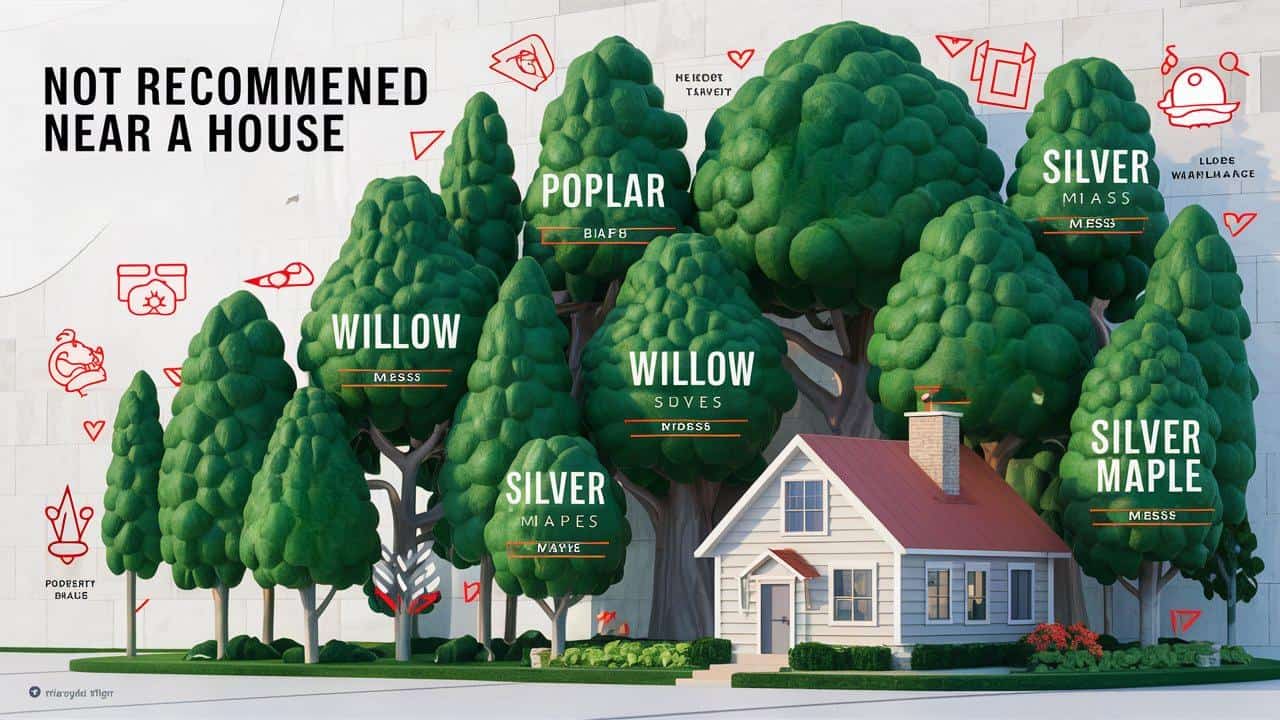When it comes to landscaping around your home, the trees you choose can have a big impact – both positive and negative. While trees can provide valuable shade, beauty, and environmental benefits, some species are better avoided when planting near your house. In this post, we’ll explore three types of trees that you may want to steer clear of planting close to your home.
Oaks

Oak trees are undoubtedly majestic, but they also come with some drawbacks when it comes to planting near a residence. Oak roots are known to be invasive and can wreak havoc on underground utilities, sidewalks, and foundations. Additionally, oak trees are prone to dropping large branches, which can pose a safety hazard, especially during storms. The heavy shade cast by mature oak trees can also inhibit the growth of grass and other plants around the home. If you have your heart set on an oak, consider planting it at least 40-50 feet away from your house.
Ash

Ash trees were once a popular choice for landscaping, but in recent decades, they have fallen out of favor due to the threat of the emerald ash borer – an invasive beetle that has devastated ash populations across North America. Beyond the risk of infestation, ash trees also have aggressive, shallow root systems that can cause damage to pavement and foundations. Their fast growth rate and large mature size also make them unsuitable for planting in close proximity to a home. If an ash tree is already on your property, it’s best to have it professionally removed before it becomes a liability.
Poplars
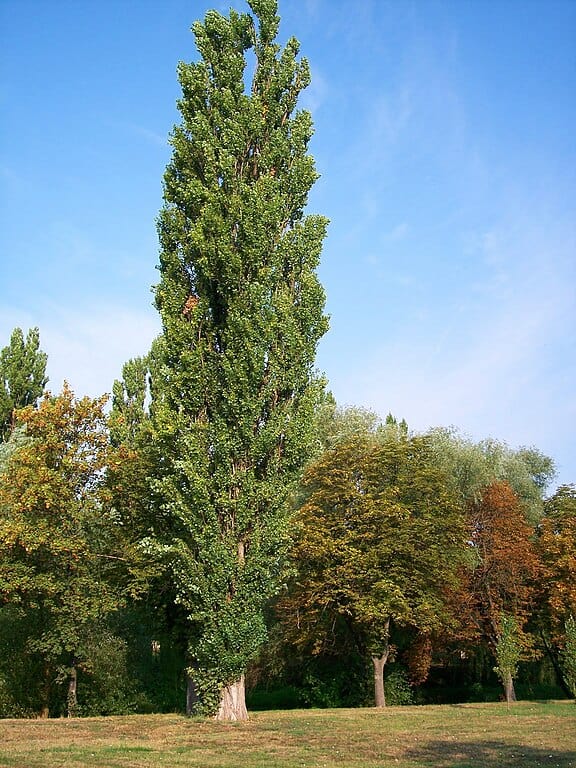
Poplars, including species like cottonwood and aspen, are fast-growing trees that may seem like an attractive option for quick shade. However, their aggressive, shallow root systems can cause significant damage to nearby structures. These roots are known to invade and clog underground pipes, crack sidewalks and driveways, and even compromise a home’s foundation. Poplars also have a tendency to drop branches, which can pose a safety hazard. If you do decide to plant a poplar, make sure to keep it at least 50 feet away from your house.
Weeping Willow
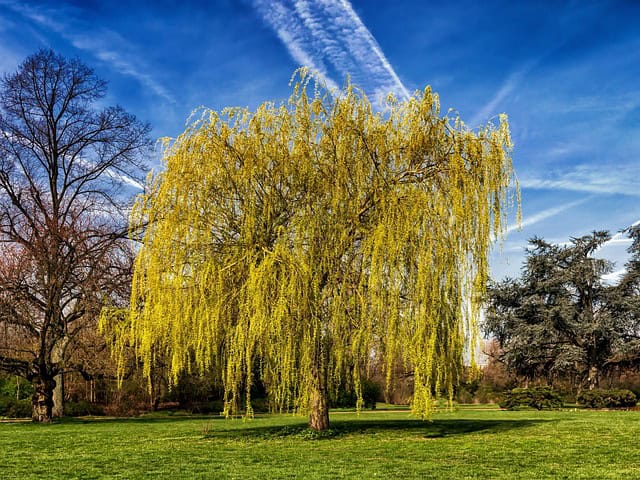
The graceful, drooping branches of the weeping willow make it a popular landscaping choice, but this tree is better suited for open spaces rather than close proximity to a home. Willow roots are notorious for their invasive nature, and they can easily penetrate and damage sewer lines, septic systems, and underground utilities. Additionally, the heavy, water-laden branches of a mature willow can become a liability during storms, potentially causing damage to your home or vehicles. For these reasons, it’s best to plant weeping willows at least 50 feet away from your house.
Norway Maple
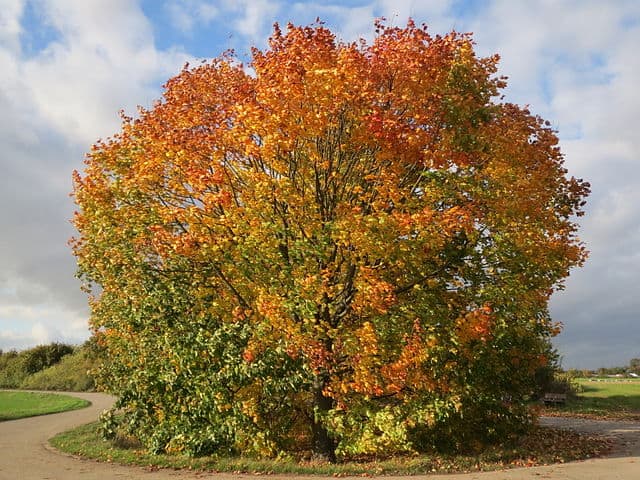
Norway maples are a common sight in many neighborhoods, but they come with some drawbacks when it comes to planting near a residence. These trees have shallow, aggressive root systems that can lift and crack sidewalks, driveways, and even foundations. They also cast dense shade, which can inhibit the growth of grass and other plants around the home. Additionally, Norway maples are known for their prolific seed production, which can be a nuisance to clean up. If you have your heart set on a maple, consider a less invasive variety, such as the red maple or sugar maple, and plant it at least 30 feet from your house.
Arborvitae
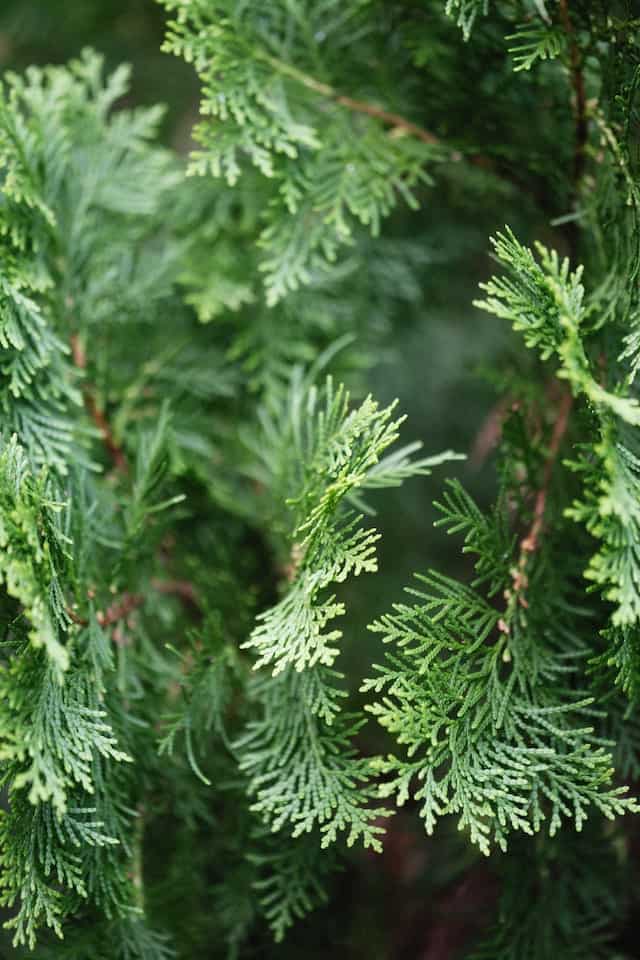
Arborvitae, also known as “American white cedar,” are a popular evergreen tree often used for privacy screens and hedges. However, these fast-growing trees can pose some problems if planted too close to a house. Their shallow, aggressive root systems can damage foundations, driveways, and underground pipes. Additionally, the dense foliage of arborvitae can block sunlight and prevent proper air circulation around a home, leading to moisture buildup and potential structural issues. If you do decide to plant arborvitae, make sure to give them ample space – at least 10-15 feet from the home’s foundation.
Silver Maples
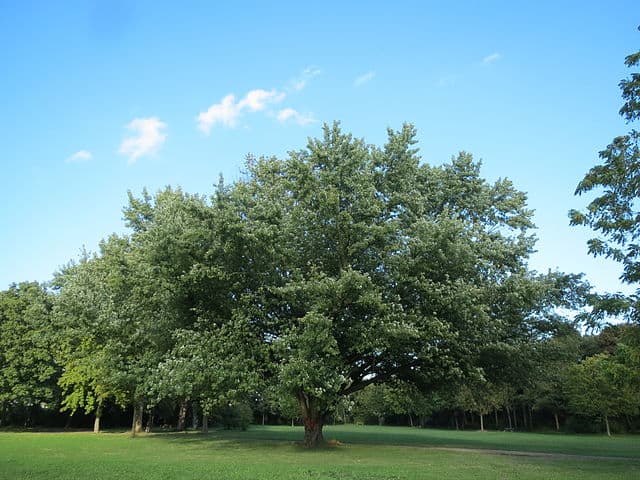
Silver maples are a fast-growing, large shade tree that can seem like an appealing option for quick landscaping results. However, their aggressive, shallow root systems can wreak havoc on your home’s foundation, sidewalks, and underground utilities. These roots are notorious for lifting and cracking pavement, and they can even penetrate and clog sewer lines. Additionally, silver maples are prone to dropping branches, which can pose a safety hazard, especially during storms. If you have your heart set on a maple, consider a less invasive variety, such as the red maple or sugar maple, and plant it at least 40 feet from your house.
Bradford Pear
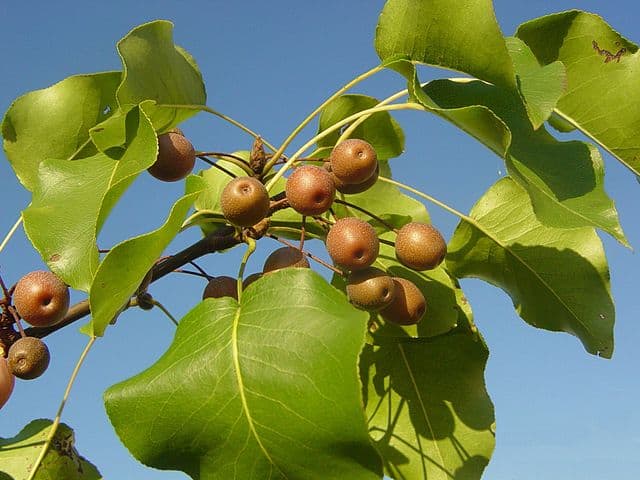
The Bradford pear was once a popular landscaping tree, known for its beautiful spring blooms and fall foliage. However, this tree has fallen out of favor in recent years due to its numerous drawbacks. Bradford pears have weak, brittle branches that are prone to splitting and breaking, even in moderate winds. This can lead to damage to your home, vehicles, or even personal injury. Additionally, the tree’s shallow root system can lift sidewalks and driveways, and its prolific seed production can create a nuisance with self-seeding. For these reasons, it’s best to avoid planting Bradford pears anywhere near your house.
Cottonwood

Cottonwoods are fast-growing, large trees that can provide substantial shade, but they come with a host of problems when planted near a home. Their aggressive, shallow root systems can damage foundations, pipes, and pavement, while their prolific seed production can create a messy, cotton-like nuisance. Cottonwoods are also prone to dropping branches, which can pose a safety hazard. Additionally, the tree’s leaves and fluffy seed pods can clog gutters and downspouts, leading to water damage. If you have a cottonwood on your property, it’s best to have it professionally removed before it becomes a liability.
Mulberry
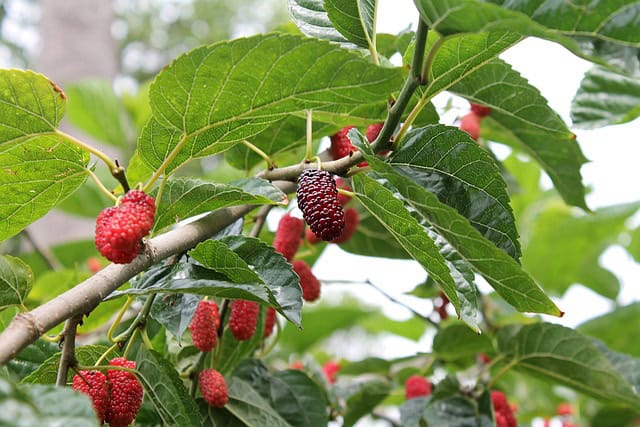
Mulberry trees are known for their fast growth and abundant fruit production, but they come with several drawbacks that make them unsuitable for planting near a home. Their aggressive, shallow root systems can damage foundations, sidewalks, and underground utilities. Additionally, the fallen fruit and leaves from mulberry trees can be messy, staining surfaces and attracting insects. The tree’s prolific suckering habit can also create a nuisance, as the new shoots will continually sprout up around the base of the tree. If you have your heart set on a mulberry, it’s best to plant it at least 50 feet away from your house.
Ginkgo Biloba
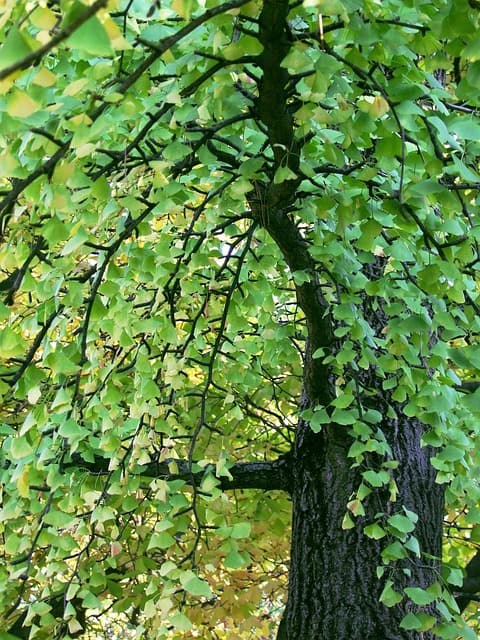
The Ginkgo biloba, or maidenhair tree, is a unique and ancient species, but it’s not the best choice for planting near a home. Ginkgo trees are notorious for their shallow, invasive root systems, which can lift sidewalks, crack foundations, and damage underground pipes. Additionally, the tree’s large, heavy leaves can clog gutters and downspouts, leading to water damage. Ginkgo trees also have a tendency to drop their leaves all at once in the fall, creating a messy cleanup. If you’re considering a Ginkgo, make sure to plant it at least 40 feet away from your house.
Sweetgum
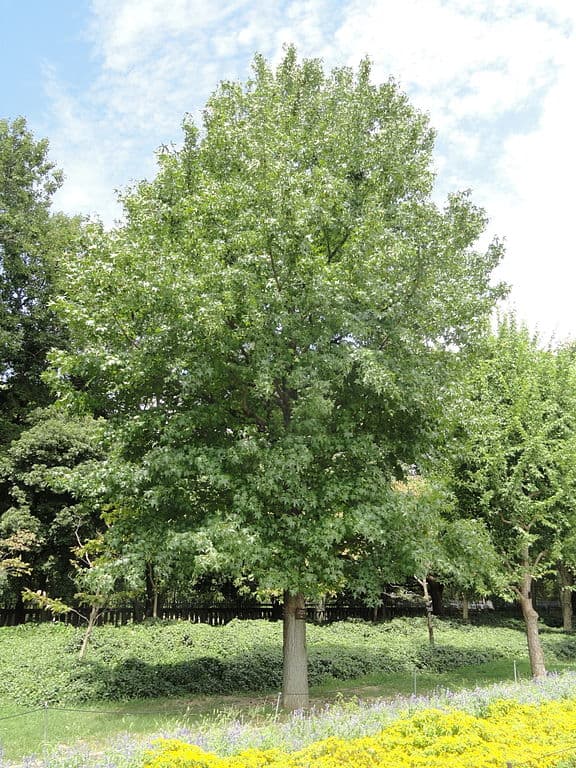
Sweetgum trees are prized for their beautiful fall foliage, but they come with several drawbacks that make them a poor choice for planting near a home. Their spiky, round fruit (commonly called “gumballs”) can be a nuisance, creating a tripping hazard and damaging lawnmowers. The tree’s aggressive, shallow root system can also lift and crack sidewalks, driveways, and foundations. Sweetgums are also known for their prolific seed production, which can create a messy problem around the home. If you have your heart set on a Sweetgum, plant it at least 50 feet away from your house.
Why Trees Should Not Be Too Near Your House
While trees offer many advantages, planting them too close to your home can lead to a number of problems down the line. The main issues stem from the aggressive, often invasive, root systems of many tree species. These roots can wreak havoc on your home’s foundation, sidewalks, driveways, and underground utilities as they grow and expand over time.
Roots can crack and lift concrete, infiltrate sewer lines, and even compromise the structural integrity of your home’s foundation. This can lead to expensive repairs and damage that may not be covered by homeowner’s insurance. Falling branches or entire trees during storms also pose a serious safety risk to your home and family.
Beyond the physical damage, some trees can also create nuisances like messy fruit/seed pods, excessive leaf litter, and attracting unwanted pests. All of these factors make it crucial to carefully consider tree placement when landscaping around your house.
Guidelines on Planting Trees Near Foundations
To avoid the pitfalls of planting trees too close to your home, follow these general guidelines:
Plant trees at least 20-50 feet away from the house, depending on the mature size of the species. Larger trees need more clearance.
Avoid planting directly over or near underground utilities like septic systems, water lines, and sewer pipes.
Choose tree varieties with less aggressive, deeper root systems. Oaks, ginkgos, and redwoods are better options than poplars, willows, or silver maples.
Consider the tree’s mature height and spread. Make sure it won’t interfere with power lines or your home’s roof and gutters.
Plant trees on the south or west side of your home to maximize shade and energy-saving benefits.
Monitor trees regularly for signs of damage or disease and prune or remove them if needed.
By carefully selecting and positioning trees around your home, you can enjoy the benefits they provide without the headaches of costly repairs down the line. A little foresight now can save you a lot of trouble in the future.


